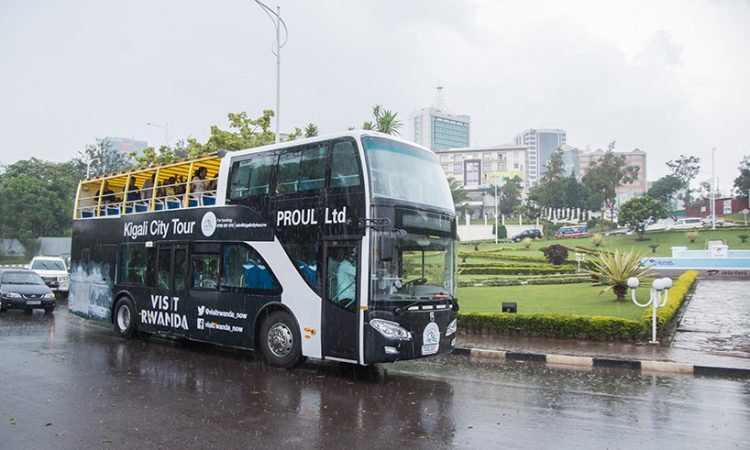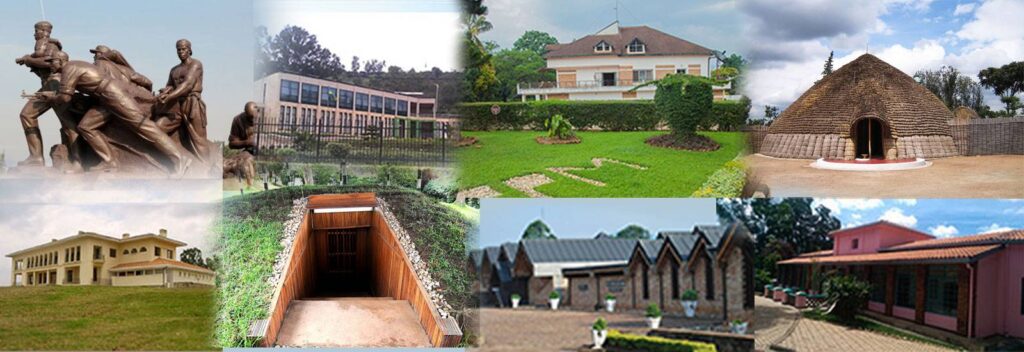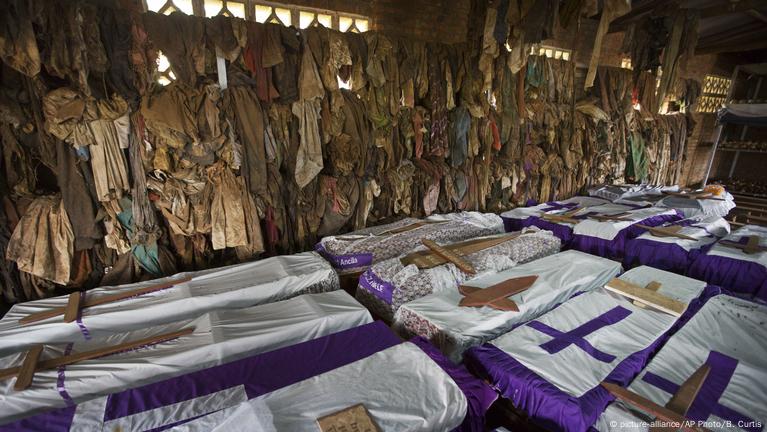6 Best Places To Visit For 1 Day Tours From Kigali City In Rwanda
6 Best Places To Visit For 1 Day Tours From Kigali City In Rwanda: Kigali is located roughly in the center of Rwanda, one of the smaller African nations. Because of this, the capital is a great place to start discovering the cultural gems that are both inside and outside of its municipal boundaries. The finest day trips from Kigali can involve anything from visiting the nation’s major national parks, which have stunning scenery and an array of rare wildlife, to taking a visceral tour of recent Rwandan history at the genocide monuments of Ntarama and Nyamata.

There are six top destinations in Rwanda for one-day tours departing from Kigali City.
Akagera National Park
For those who are willing to rise before dawn, another worthwhile day trip destination is Akagera National Park, which is Rwanda‘s sole Big Five wildlife reserve. This implies that, in a single day, you might embark on a standard Jeep safari and see some of the most well-known animals in Africa, such as elephants, buffalo, lions, leopards, and rhinoceros. With their successful reintroduction to the park from other African nature reserves and even some European zoos, the rhinos of Akagera National Park represent a unique conservation success story.
Specialized birding safaris (avoid hippos and crocodiles) and boat-based wildlife watching on Lake Ihema are further options for experiencing the local animals. There are over 500 distinct species known to exist in Akagera National Park. The shoebill stork is an extremely valuable and uncommon bird that lives in the largest protected wetland in Central Africa.
For the best chances of seeing animals, try to visit between June and September, during the extended dry season. Birdwatching is best during the short-wet season in late October and early November.
The Ruhondo and Burera Twin Lakes
Before arriving at Volcanoes National Park, adventurous day-trippers have another, far less well-known option. Because of their adjacent locations at the foot of Mount Muhabura volcano, Lakes Ruhondo and Burera—sometimes referred to as the Twin Lakes—capsulate Rwanda’s extraordinary natural splendor. It is easy to understand why landscape photographers pick this location—deep sapphire oceans, a hilly green shoreline, and a beautiful backdrop that spans the entire Virunga Mountains range.
In addition, the lakes offer water-based adventures like tilapia fishing with locals and guided boat and canoe rides. Particularly the lakes are renowned for offering excellent birdwatching chances. Carry your binoculars and scan the area for a variety of aquatic species, such as storks, herons, and cormorants.
Volcanoes National Park
Even though the majority of tourists who come to Volcanoes National Park to witness the renowned gorillas spend at least one night there, it is possible to visit in a single day from Kigali. You’ll need to rise early because it takes roughly three hours to get to the park headquarters from the capital, and you need to there before your journey briefing at seven in the morning. After receiving one, you will set out with a knowledgeable guide to track a habituated gorilla group through the misted cloud forest.
Depending on where the gorillas are that day, the trip could take anything from 30 minutes to several hours. Once you find them, you get up to an hour to spend witnessing them in their natural environment.
Observing golden monkeys in risk of extinction and paying a visit to the tomb of renowned primatologist Dian Fossey are two further activities. Gorilla trekking requires a permission, which needs to be obtained months in advance. The easiest way to make this happen is to plan your day trip with an accredited tour operator, such as Budget Gorilla Trekking.
Nyanza’s King’s Palace.
In the middle of the 20th century, Nyanza served as the capital of the Rwandan kingdom. With the famous thatched, beehive-shaped buildings still standing, the king’s historic royal residence has been painstakingly brought back to its former glory. Take a tour of the palace, meet some royal Inyambo cattle, and watch Intore dancers in their elaborate headdresses. From Kigali, a 2-hour and 20-minute drive gets you to the King’s palace in Nyanza.
These cattle are descended from the king’s herd and share the muscular appearance and gigantic, incredibly long horns of their ancestors. Once upon a time, cattle were trained to “dance” to specific music, which they would then perform at royal events while lavishly adorned with priceless jewels. Visitors to the King’s Palace Museum love seeing the Inyambo procession, as their descendants have been taught to follow in their footsteps.

Ethnographic Museum
The Ethnographic Museum is located in Huye, a colonial town formerly known as Butare that is well-known for its numerous educational facilities, concentration of places of worship, and architecture in the Belgian style. It is renowned for the exceptional caliber of its collection and is one of the eight museums that make up the Institute of National Museums of Rwanda. To celebrate 25 years of Rwandan independence, Belgian King Badouin donated the building that houses it.
It has seven different galleries that hold many artifacts related to various aspects of traditional Rwandan culture, such as woodworking, weaving, poetry, and hunting. Every day from 8 a.m. to 6 p.m. (the International Day of Reflection on the Genocide) is when the museum is open, with the exception of April 7. Don’t overlook the on-site craft center, where you may purchase authentic gifts made by regional artisans. Every day at the facility, traditional Intore drumming and dancing are presented.
Genocide Churches of Ntarama and Nyamata

Mass murder Churches of Ntarama and Nyamata the Hutu president’s jet was shot down over Kigali in April 1994, reigniting long-standing hostilities between the Hutu and Tutsi ethnic groups in Rwanda. His murder set off the genocide in Rwanda, a massacre of Tutsis that claimed over a million lives over the course of about 100 days. Although Tutsi peasants sought safety in rural churches, their attackers pushed them inside and massacred them there. As of right present, two of these churches are recognized as national memorials to the genocide.
More than 45,300 people are interred in mass graves outside of Nyamata Church, while more than 5,000 people were killed at Ntarama Church. The victims’ clothing, bones, and other personal belongings remain on display as a sobering reminder of the killings, and the buildings still bear the marks of gunshots and machetes. Both are open to the public every day for anybody who would like to pay their respects.
